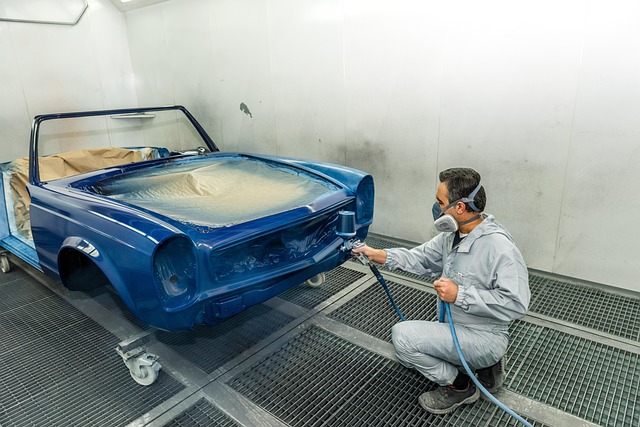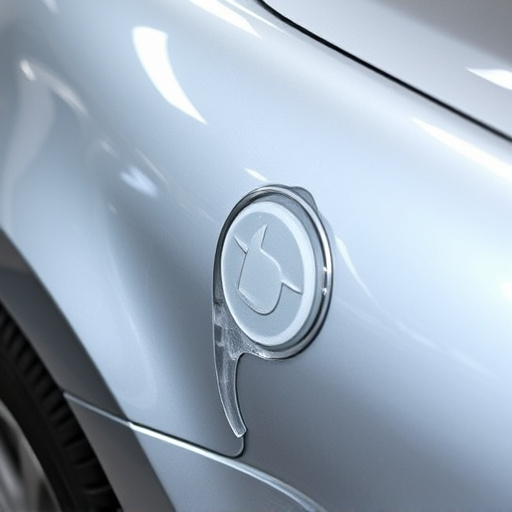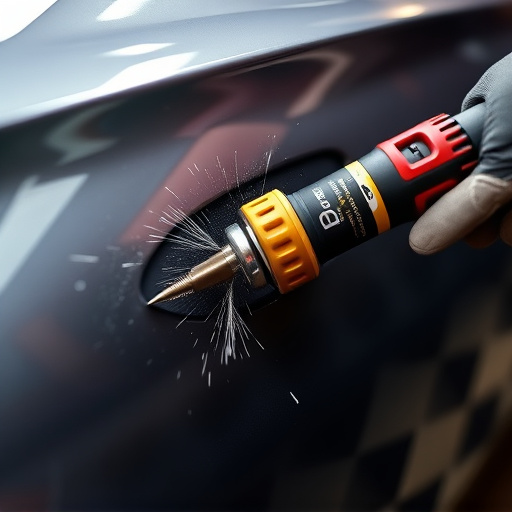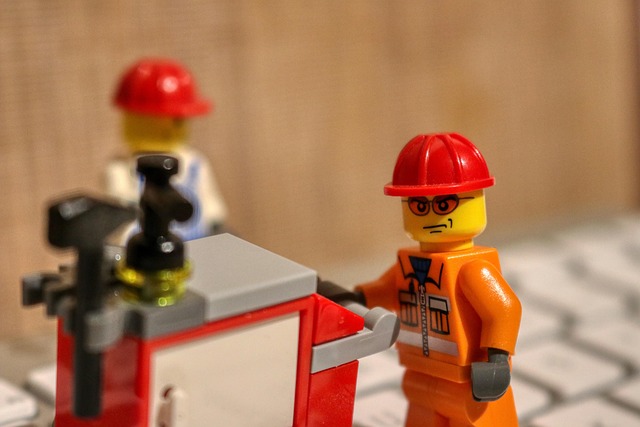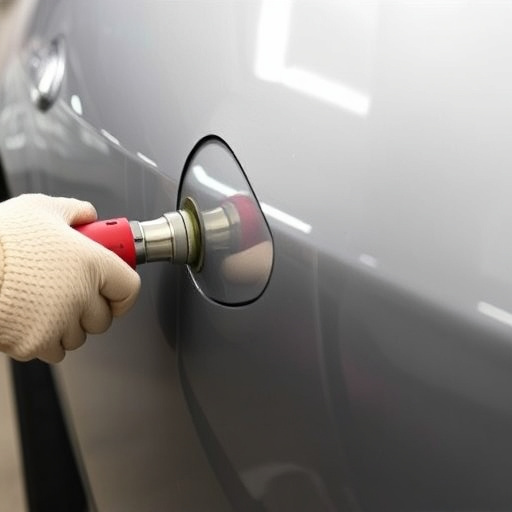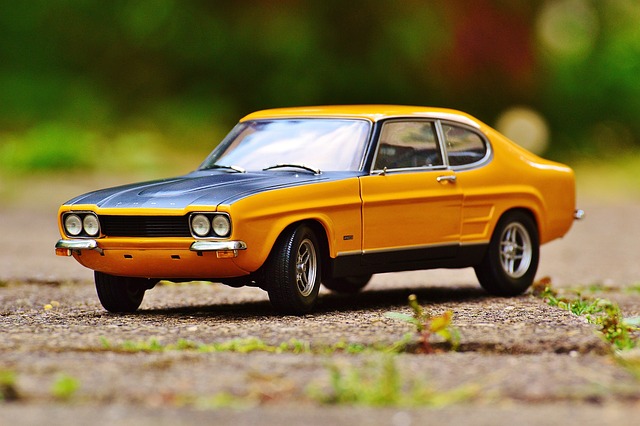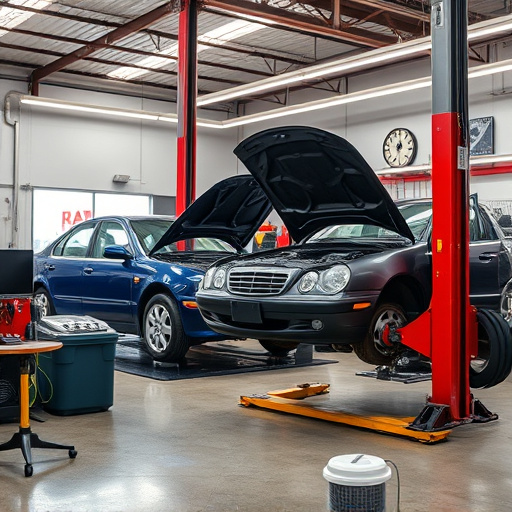Recycled parts collision repair offers significant environmental benefits by reducing automotive waste and curtailing the need for new resources like steel and plastics, thereby minimizing energy consumption and lowering carbon footprint. It aligns with global sustainability standards, promotes a circular economy, reduces costs for collision centers, and creates job opportunities while encouraging specialized recycling infrastructure development.
In today’s eco-conscious landscape, the automotive industry is undergoing a transformation with recycled parts collision repair at its forefront. This innovative approach not only reduces waste but also minimizes the environmental impact of vehicle repairs. By utilizing recycled parts, shops can achieve significant cost savings while contributing to sustainability goals.
Explore how this practice is revolutionizing the sector, covering waste reduction, environmental advantages, and economic benefits in three key sections: Reducing Waste, Environmental Impact, and Economic Benefits.
- Reducing Waste: The Role of Recycled Parts
- Environmental Impact: A Greener Repair Approach
- Economic Benefits: Cost-Effective and Sustainable
Reducing Waste: The Role of Recycled Parts
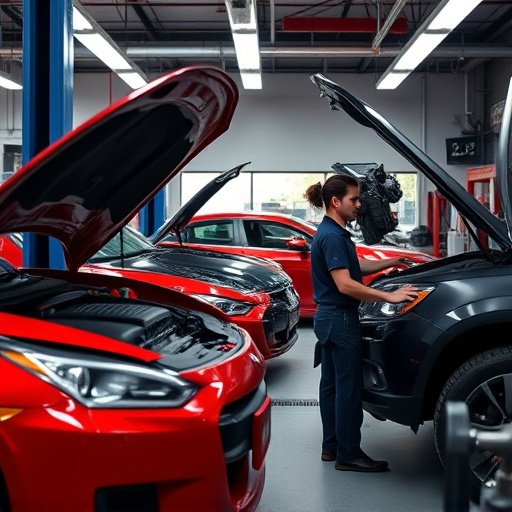
One of the most significant environmental benefits of recycled parts collision repair is its role in reducing waste. In the traditional automotive repair process, discarded vehicles and damaged components often end up in landfills, contributing to a growing global waste problem. However, with recycled parts collision repair, these materials are given new life. Used car parts from repaired vehicles can be salvaged, cleaned, and reused for future crash repairs, effectively minimizing the need for virgin resources. This not only decreases the environmental footprint of automotive maintenance but also diverts valuable materials from ending up in hazardous waste sites.
Furthermore, the use of recycled parts in collision repair, such as those used in Mercedes-Benz collision repair or hail damage repair, can help preserve finite resources. Frame straightening and other repair processes that incorporate recycled components reduce the demand for new steel, plastics, and other materials required to manufacture replacement parts from scratch. This sustainable practice not only conserves natural resources but also supports a circular economy, where waste is minimized, and resources are continuously reused and repurposed.
Environmental Impact: A Greener Repair Approach

The use of recycled parts in collision repair is a powerful strategy to reduce the environmental footprint of vehicle repairs. Traditional auto body repair often involves acquiring new components, leading to increased waste and resource consumption. In contrast, recycled parts collision repair promotes sustainability by utilizing materials from recovered vehicles, minimizing the demand for virgin resources. This eco-friendly approach not only helps conserve natural reserves but also diminishes energy usage significantly, as manufacturing new parts requires substantial energy input.
By adopting recycled parts in automotive collision repair, shops can contribute to a circular economy, where waste is minimized, and resources are reused efficiently. This method also reduces the carbon footprint associated with vehicle repairs, aligning with global sustainability goals. As environmental concerns continue to grow, recycled parts collision repair becomes an increasingly vital practice for auto body repair professionals looking to embrace eco-consciousness in their work.
Economic Benefits: Cost-Effective and Sustainable
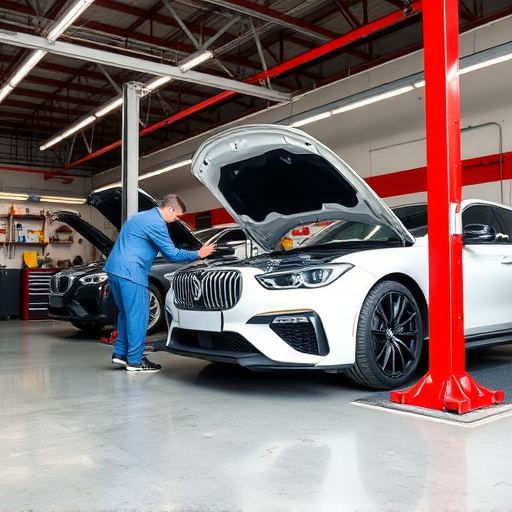
Incorporating recycled parts into collision repair processes offers a multitude of economic benefits that align with sustainability goals. By utilizing reclaimed materials, collision centers can significantly reduce costs associated with traditional new parts procurement. This cost-effectiveness is passed on to consumers, making auto repairs more accessible and affordable. Moreover, the practice fosters a circular economy, where resources are conserved and reused, thus minimizing waste generation and environmental impact.
The economic advantages extend beyond savings for both repair shops and vehicle owners. The demand for recycled parts collision repair encourages the development of specialized recycling infrastructure and job opportunities in this sector. This creates a sustainable business model that promotes local economies and reduces reliance on non-renewable resources, contributing to a greener future for the automotive industry and beyond.
Recycled parts collision repair isn’t just a sustainable choice; it’s a crucial step towards a greener future. By utilizing reclaimed materials, this practice significantly reduces automotive waste, minimizes environmental impact, and offers substantial economic advantages. Embracing this approach aligns with global sustainability goals, positioning recycled parts collision repair as a vital component in the quest for a more eco-friendly automotive industry.


